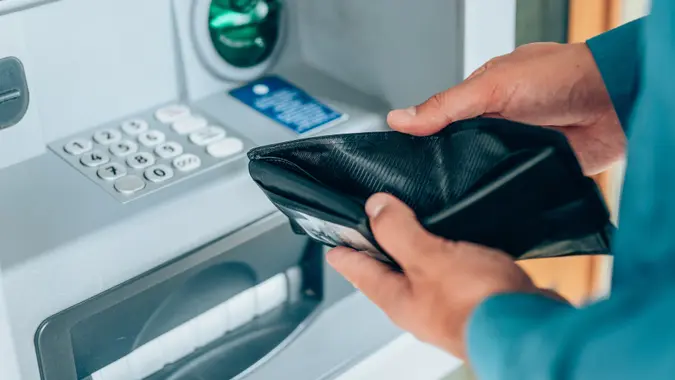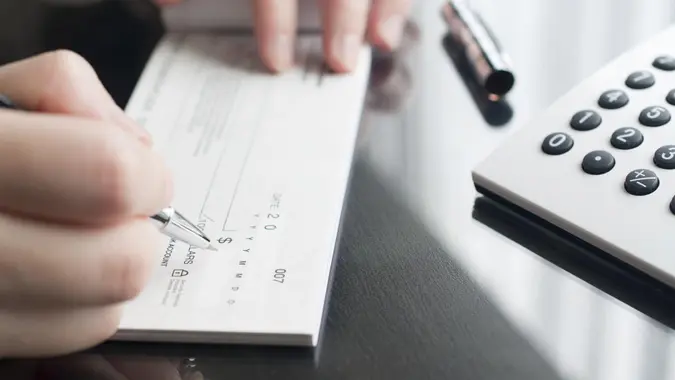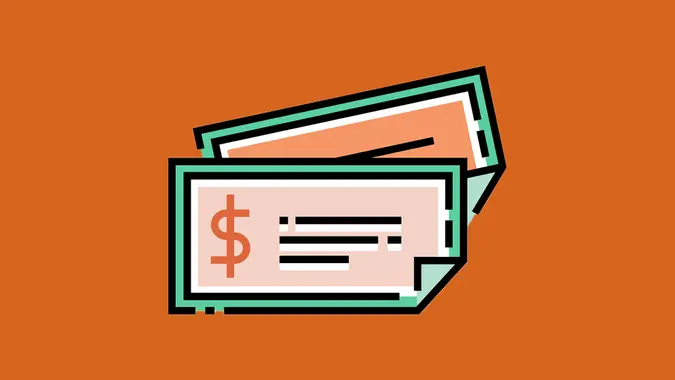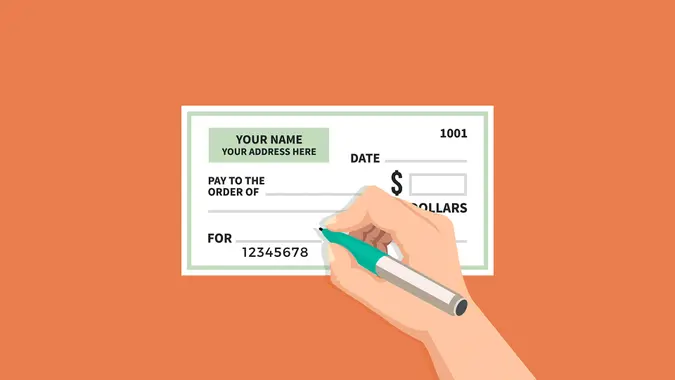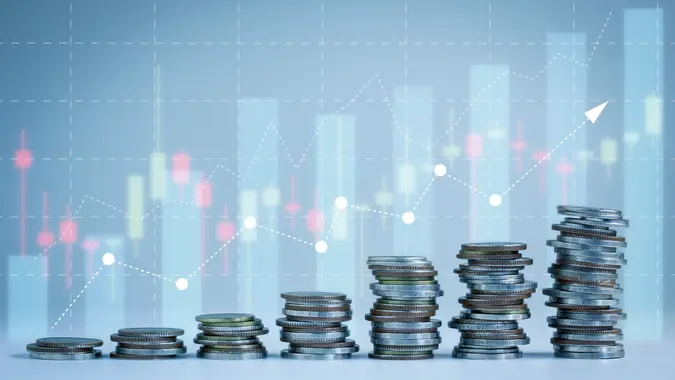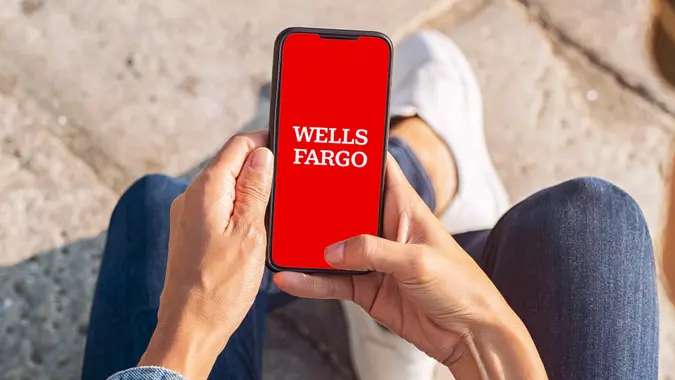Is Your Cashier’s Check Legit? How to Verify Its Validity

Commitment to Our Readers
GOBankingRates' editorial team is committed to bringing you unbiased reviews and information. We use data-driven methodologies to evaluate financial products and services - our reviews and ratings are not influenced by advertisers. You can read more about our editorial guidelines and our products and services review methodology.

20 Years
Helping You Live Richer

Reviewed
by Experts

Trusted by
Millions of Readers
Unlike a personal check, a cashier’s check is a direct obligation of the bank. As a result, there is virtually no risk that it will bounce or otherwise be invalid. Cashier’s checks are commonly used in significant financial transactions for things such as:
- The down payment on a home
- Buying a used car
- Sending a secure payment by mail for other services or goods
Along with certified checks, this type of payment is typically considered as good as cash but much safer.
Read More: 6 Genius Things All Wealthy People Do With Their Money
How To Verify a Cashier’s Check
You can take precautions to ensure that a cashier’s check is legitimate. To avoid being a fraud victim, follow these steps to verify one:
1. Inspect for Proper Formatting
Make sure the cashier’s check has:
- A watermark
- The correct bank logo
- The correct amount of money
Here’s how a cashier’s check typically looks:
2. Confirm the Bank’s Contact Details
Go online to the bank’s website to look up their contact information. Do not use any information printed on the check.
3. Visit or Call the Bank
Only the bank that issued a cashier’s check can truly verify it. Keep in mind that you can’t verify a cashier’s check online, but other options are available.
If the check is issued from a bank that has a branch near you, there’s no better approach than to take the check into the bank and ask for verification. There’s no charge to verify a cashier’s check.
4. Verify the Check with the Bank
If you can’t visit in person to trace a cashier’s check, get the phone number from the bank’s website – not the check – and call the bank and ask to verify the check. Have this information ready for the bank:
- Check number
- Issuance date
- Payment amount
Red Flags to Watch Out For
Here are some commons signs of a fraudulent cashier’s check:
- Missing watermarks
- Spelling errors
- Formatting inconsistencies
- Checks for higher amounts then what was agreed upon
- Pressure from the sender to cash the check quickly
- Unusual instructions on how to cash the check
Here are some common scams that use cashier’s checks.
What to Do If You Suspect a Fraudulent Cashier’s Check
If you think you have been given a fraudulent cashier’s check, do not deposit it. Instead contact:
- The issuing bank
- The Federal Trade Commission (FTC)
- Your state attorney general
Alternatives to Cashier’s Checks for Secure Payments
Cashier’s checks aren’t the only way to send money. You can also use:
- Wire transfers
- Peer to peer payment apps like Venmo, CashApp and Paypal
- Bank transfer apps like Zelle
- Certified checks
However, these methods have also been used for fraud. If you’re sending money to someone, even if you know them, make sure you’re aware of the potential risks of the payment method you’re using.
FAQ
Here are the answers to some of the most frequently asked questions regarding cashier's checks.- Can you verify a cashier’s check online?
- No, you’ll need to call or go to a branch of the issuing bank.
- How long does it take for a bank to verify a cashier's check?
- The issuing bank should be able to verify a cashier's check within several hours. However, this time frame can vary depending on the bank.
- What should you do if a bank refuses to verify a cashier’s check?
- If a bank refuses to verify a cashier’s check, it is because the check is not valid. Do not deposit the check and report it to the Federal Trade Commission (FTC).
Caitlyn Moorhead and Cynthia Measom contributed to the reporting for this article.
This article has been updated with additional reporting since its original publication.
Our in-house research team and on-site financial experts work together to create content that’s accurate, impartial, and up to date. We fact-check every single statistic, quote and fact using trusted primary resources to make sure the information we provide is correct. You can learn more about GOBankingRates’ processes and standards in our editorial policy.
- HelpWithMyBank.gov. "Aren't cashier's checks supposed to be honored immediately?"
- Federal Deposit Insurance Corp. "FDIC Consumer News: Beware of Fake Checks."
 Written by
Written by  Edited by
Edited by 







